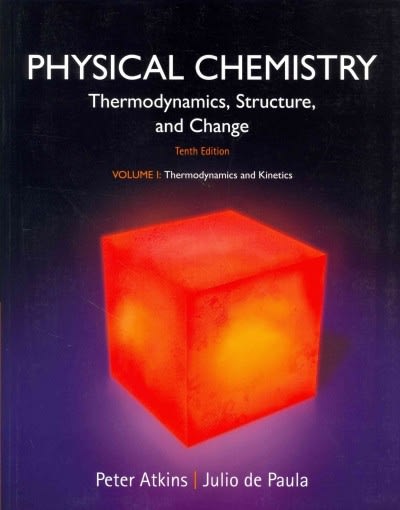Consider the electronic partition function of a perfect atomic hydrogen gas at a density of 1.9910 4
Question:
Consider the electronic partition function of a perfect atomic hydrogen gas at a density of 1.99×10−4 kgm−3 and 5780K. These are the mean conditions within the Sun’s photosphere, the surface layer of the Sun that is about 190 km thick.
(a) Show that this partition function, which involves a sum over an infinite number of quantum states that are solutions to the Schrödinger equation for an isolated atomic hydrogen atom, is infinite.
(b) Develop a theoretical argument for truncating the sum and estimate the maximum number of quantum states that contribute to the sum.
(c) Calculate the equilibrium probability that an atomic hydrogen electron is in each quantum state. Are there any general implications concerning electronic states that will be observed for other atoms and molecules? Is it wise to apply these calculations in the study of the Sun’s photosphere?
Step by Step Answer:

Physical Chemistry Thermodynamics And Kinetics
ISBN: 9781464124518
10th Edition
Authors: Peter Atkins, Julio De Paula





